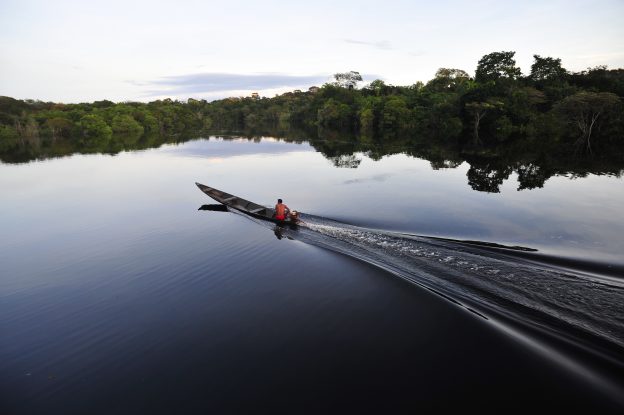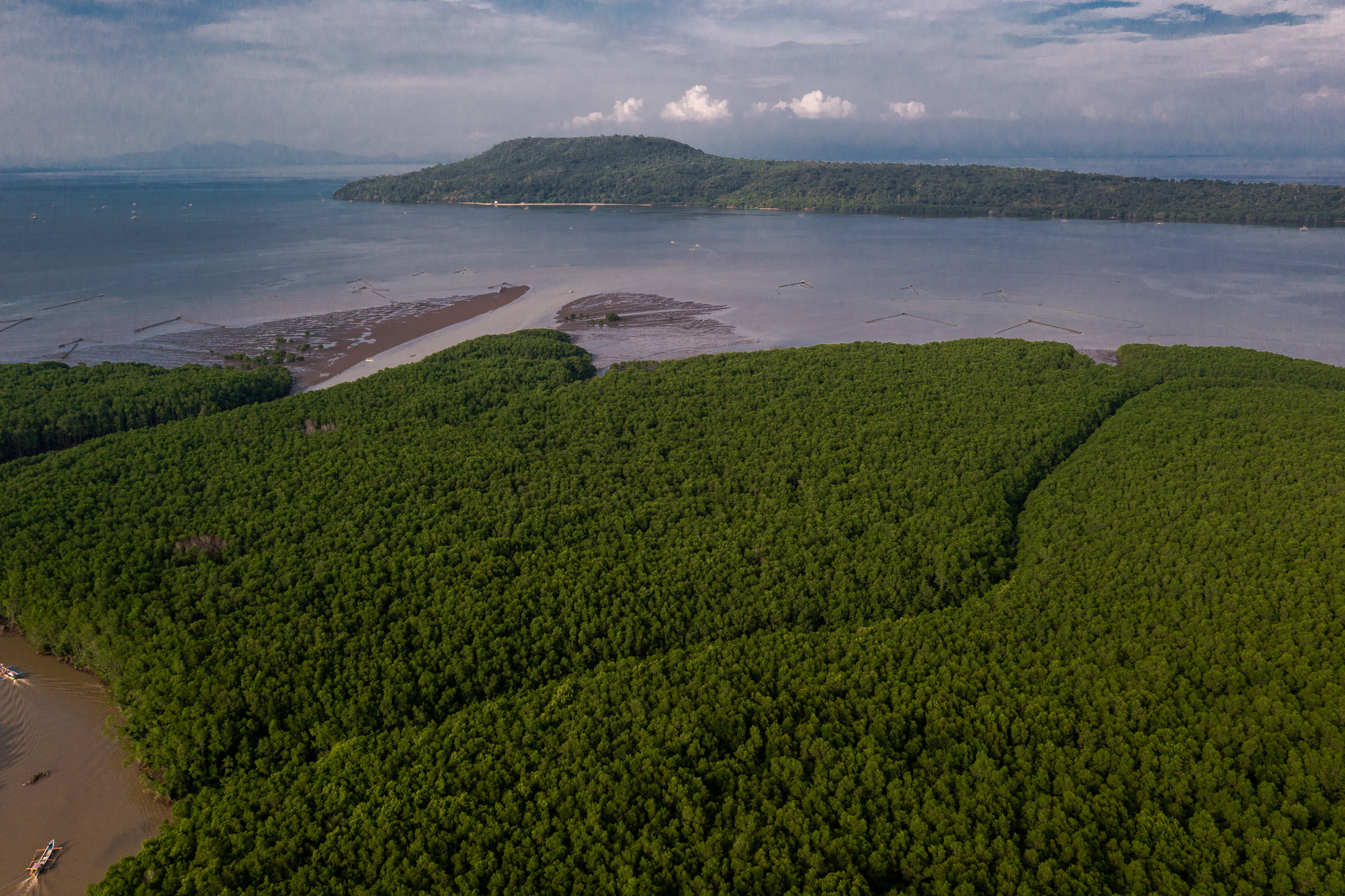*This article is the second and final part of a two-part series on tropical dry forests. Part 1 explored what they are and why they matter.
Drivers of degradation
The underappreciated value of tropical dry forests makes their rapid destruction all the more alarming. These ecosystems are not merely threatened; they are in a state of collapse, disappearing at a rate that may be even greater than that of humid forests. This crisis is driven by a powerful confluence of industrial-scale land conversion and the multiplying pressures of a changing climate, creating a self-reinforcing cycle of destruction.
The agricultural frontier: deforestation hotspots and drivers
The scale of loss is staggering. A landmark 2022 study revealed that over 71 million hectares of tropical dry forest—an area more than twice the size of Germany—were destroyed between 2000 and 2020 alone. This confirms what scientists have long warned: tropical dry forests are among the most endangered terrestrial ecosystems on the planet. A farmer with his cattle in Zorro village, Burkina Faso. Photo by Ollivier Girard / CIFOR-ICRAF.
The primary engine of this destruction has shifted decisively from small-scale subsistence farming to capital-intensive, industrial agriculture producing commodities for global markets. Tropical dry forests (TDFs) are prime targets for conversion. Their soils are often more fertile than those of rainforests, and their distinct dry season facilitates land clearing, particularly through the use of fire. This has created rapidly expanding deforestation frontiers in several key hotspots:
South America: The Gran Chaco, sprawling across Argentina, Paraguay and Bolivia, and Brazil’s Cerrado savanna are the global epicentres of tropical dry forest conversion. Vast tracts are being cleared for large-scale soy cultivation and cattle ranching.
Southeast Asia: The dry forests of Cambodia, Laos and Vietnam are facing immense pressure from agricultural expansion and logging.
Africa: The continent is home to over half of the world’s remaining tropical dry forest frontier areas, where deforestation is accelerating. Here, the drivers are a combination of agricultural expansion and an intense demand for land and energy (fuelwood and charcoal) from growing populations.
This onslaught is occurring in a landscape largely devoid of formal protection. Less than a third of the world’s remaining tropical dry forests fall within protected areas, leaving the vast majority of these critical ecosystems exposed and vulnerable to conversion. Climate change is not a separate, future threat; it is an active agent accelerating the current collapse of tropical dry forests. It acts as a powerful threat multiplier, weakening the resilience of these ecosystems and making them more susceptible to other pressures. Physiological stress: As global temperatures rise, tropical dry forests are experiencing longer and more intense dry seasons. In Costa Rica’s Guanacaste region, for example, the dry season has lengthened by two months since the 1960s. These changes push plants and animals to their physiological limits, reducing their ability to forage, reproduce and survive. Ecological decoupling: The intricate timing of the tropical dry forest ecosystem is being thrown into disarray. Erratic rainfall—arriving too early, too late, or in short, intense bursts followed by renewed drought—disrupts the synchronised cues that link plant flowering with insect emergence. This “decoupling” can cause entire food webs to unravel from the bottom up, leading to catastrophic declines in insect populations and the species that depend on them. Increased fire risk: The combination of prolonged drought, higher temperatures and human activity creates a tinderbox. Scientists warn that tropical dry forests are becoming “even more flammable,” heightening the risk of large-scale, high-intensity fires that can permanently destroy the remaining fragmented forests. Loss of climate refugia: In many tropical dry forest landscapes, nearby cloud forests on mountainsides serve as vital, cool, moist refuges for animals during the harshest parts of the dry season. Rising temperatures are forcing these cloud layers to form at higher elevations, effectively shrinking these “refrigerators in the sky” and stranding lowland species without a place to escape the heat. The collapse of tropical dry forests is therefore not a simple, linear process. It is a devastating feedback loop where the drivers reinforce one another. Global demand for commodities fuels deforestation. This large-scale land clearing, in turn, can alter regional rainfall patterns, exacerbating the droughts and heat stress caused by global climate change. The weakened, drier forest then becomes more vulnerable to fire and further conversion. This synergy between industrial agriculture, climate change and weak governance creates a downward spiral—a “perfect storm” that is accelerating the biome’s destruction. This concludes our two-part series on tropical dry forests—vital yet vanishing ecosystems at the heart of biodiversity, climate and human resilience.Climate change as a threat multiplier











